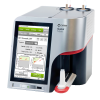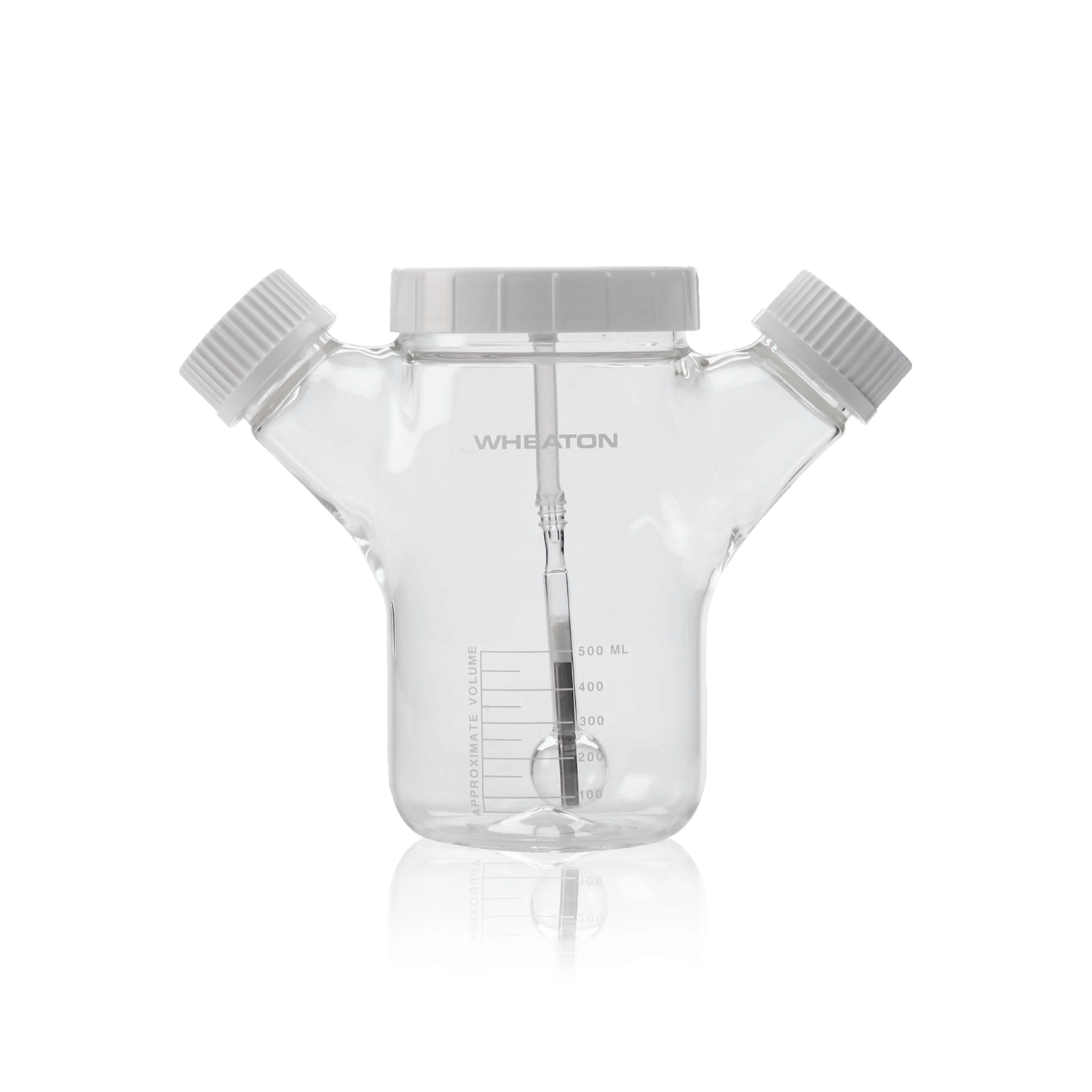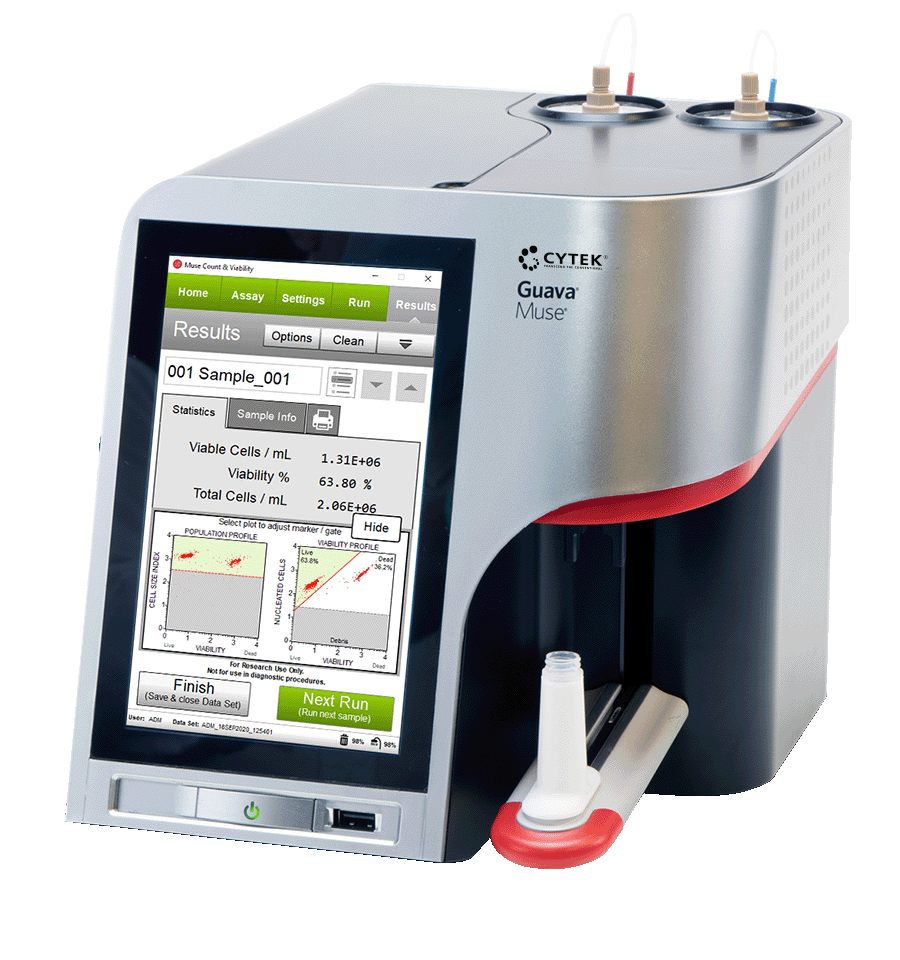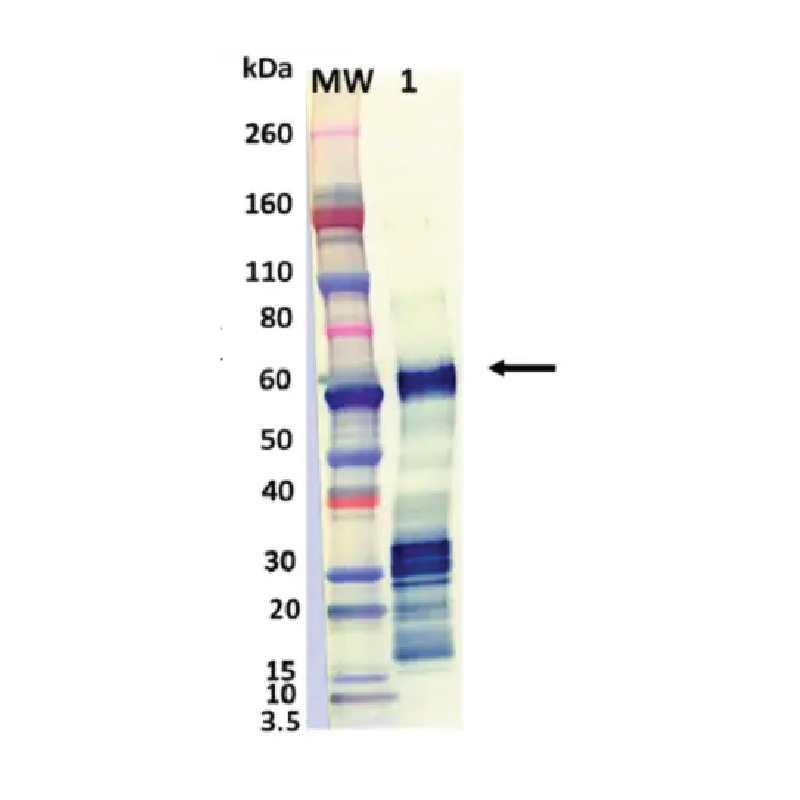- Empty cart.
- Continue Shopping

Cytek® Guava® Muse® Cell Analyzer
Cytek® Guava® Muse® Cell Analyzer
This product is currently out of stock and unavailable.
Overview
With the Guava® Muse® cell analyzer, you can achieve highly quantitative results at a fraction of the price, effort, and time. The Muse cell analyzer packs 3-parameter analysis into a compact, easy to use benchtop device, making flow cytometry accessible to anyone, anytime. A user-friendly touchscreen interface, intuitive cell analysis software, and optimized assays work to simplify your research.
Laser-Based Fluorescence Detection
The system delivers high-performance cell analysis using a microcapillary technology and miniaturized optics which occupy one-tenth the space of a typical cytometer. Laser-based fluorescence detection of each cell event can evaluate up to 3 cellular parameters. As a result, the Muse system provides more quantitative results than non-flow based imaging systems, which only examine up to two parameters, are time-consuming, and provide less quantitative data.

Customer Testimonials
As scientists, peer review is the gold standard by which we assess technologies, second only to trying out tools and reagents ourselves. Routine but essential cell analysis assays are faster, easier, and more data-rich with the Muse instrument. Get more insight on the Muse cell analyzer from our customers.
- “My lab has been using the Muse for about one year now and I can say that the Muse is exceptional. The Muse cuts the time of manually counting by half… I would recommend the Muse to anyone who does manual counting.”
- T. Weaver, Duke University, USA
- “I just started to use Muse cell analyzer and I’m happy with it at least for now. The machine is user-friendly, easy to learn and maintain. The thing I have to mention is I had a good experience with the customer service. Larry is very helpful.”
- M. Zhao, University at Buffalo, USA
- “We bought the Muse in order to do quick experiments without having the full set up of a FACS… We are able to do quick and accurate cell counts, then run assays in all the convenience of the lab. The results seem to be consistent with what we would be getting using the FACS.”
- M. de la Vega, University of Hawaii, USA

























